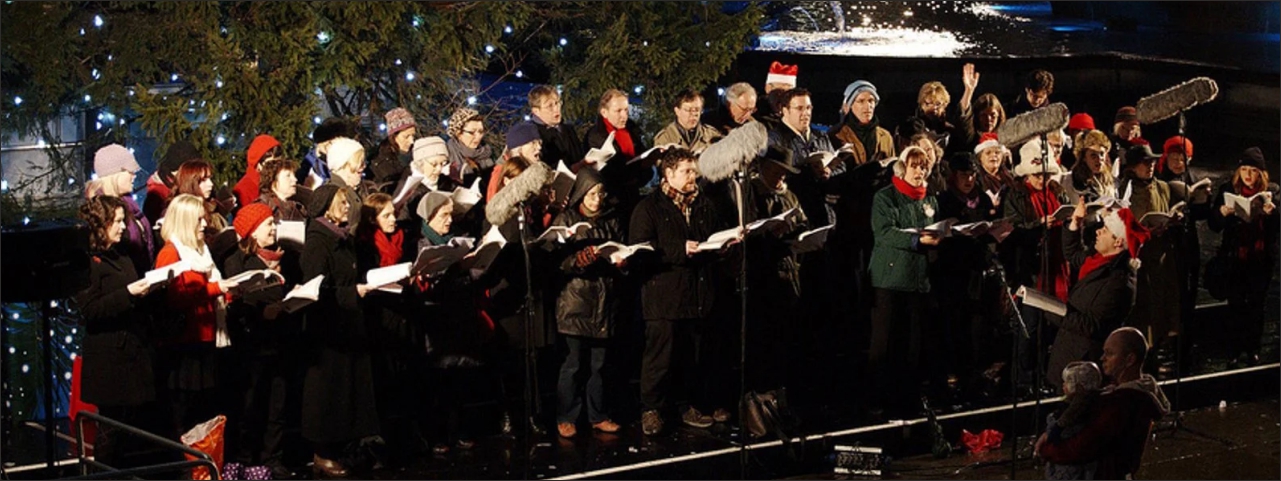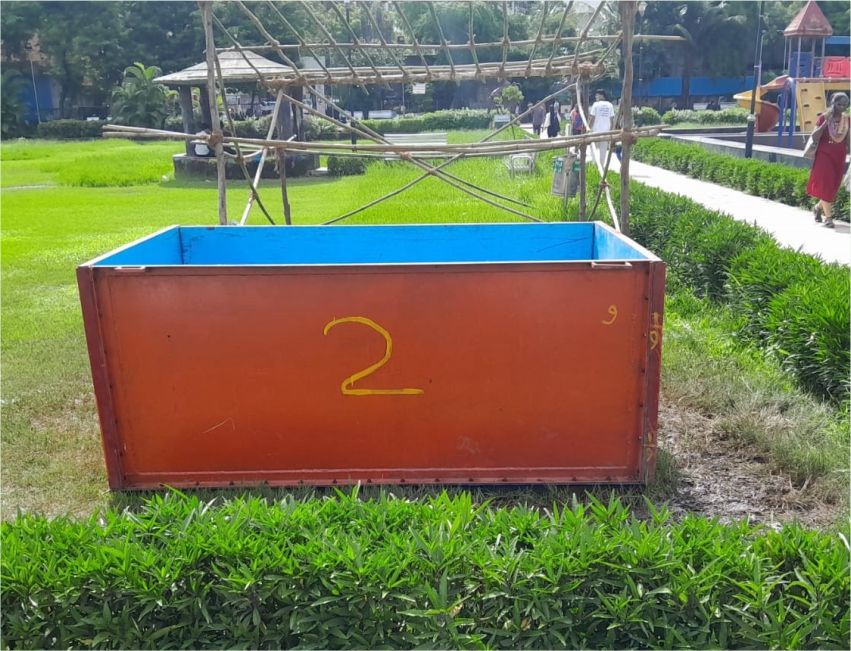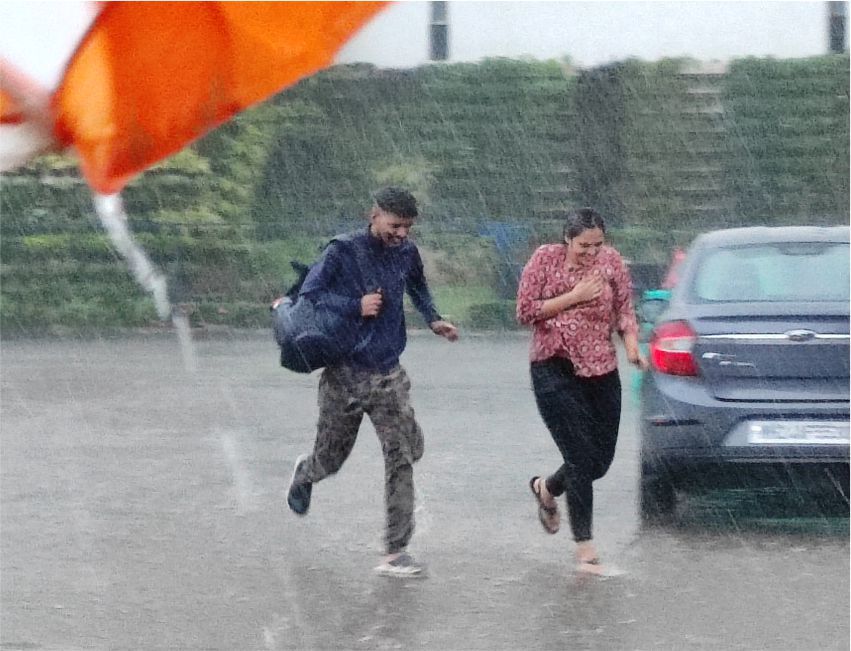Know how carol singing became a much-loved Christmas tradition

- Christopher Rodrigues
- 19 Dec, 2023
The tradition of singing carols during Christmas has deep historical roots, and its development is a combination of various cultural and religious influences over the centuries. Here's a brief overview of the evolution of carols and carol singing as a Christmas tradition:
The word ‘carol’ originally referred to a festive song or dance in medieval Europe. These early carols were not exclusive to Christmas but were often associated with celebrations and feasts throughout the year.
Carol singing is often associated with charity during the Christmas season through a tradition known as “carolling for a cause” or “carolling for charity.” This practice involves groups of individuals, often volunteers or community organisations, going door-to-door, or performing in public spaces, singing Christmas carols to raise funds for charitable causes.
Many community groups, schools, churches, and charitable organisations organise fundraising events centred on Christmas carol singing. Participants, often dressed in festive attire, go from house to house or perform at public events, collecting donations or selling items like charity calendars or holiday treats.
Carollers may carry collection boxes or solicit donations from those who appreciate their musical performances. The funds collected are then directed towards charitable initiatives, community projects, or organisations in need.
Here's a brief timeline of the evolution of carols and carol singing as a Christmas tradition:
Shift to Christmas Themes: Over time, the focus of carols shifted towards Christmas themes and the celebration of the birth of Jesus Christ. This transition occurred as part of efforts by the Christian Church to incorporate local traditions into religious celebrations.
St. Francis of Assisi: St. Francis of Assisi, in the early 13th century, is credited with popularising the singing of Christmas carols in a more structured and religious manner. He encouraged joyful songs celebrating the nativity of Christ, introducing the idea of incorporating music into Christmas celebrations.
Carols in Local Languages: Unlike the Latin hymns commonly used in church services, carols were often sung in the local languages of the people. This made them more accessible and relatable to a broader audience.
16th and 17th Centuries: During the Protestant Reformation, some branches of Christianity discouraged the use of hymns in favour of simpler songs, including carols. This contributed to the spread of carol singing among both clergy and the general public.
Victorian Era Revival: The Victorian era in the 19th century witnessed a revival of interest in Christmas traditions, including carol singing. Many of the carols that are well-known today were collected and published during this period.
Publication and Popularisation: The publication of Christmas carol collections, such as the famous "Carols Ancient and Modern" in 1833, helped standardise and popularise the singing of carols. This contributed to the widespread adoption of carol singing as a Christmas tradition.
Influence of Christmas Carols in Various Cultures: Different cultures embraced the tradition of carol singing, adapting and creating their own versions of Christmas carols. This diversity has contributed to the rich tapestry of Christmas music worldwide.
Continued Tradition: Today, the tradition of singing Christmas carols remains an integral part of the holiday season. Whether performed in churches, on the streets, or in homes, carol singing brings people together to celebrate the joy and spirit of Christmas.
The tradition of carol singing evolved over centuries, blending elements of medieval festivities, religious themes, and cultural expressions. It has become a cherished and widespread practice, fostering a sense of community and joy during the Christmas season.
While some carols have specific cultural or regional associations, many have transcended borders and are enjoyed by people of various backgrounds during the holiday season.





